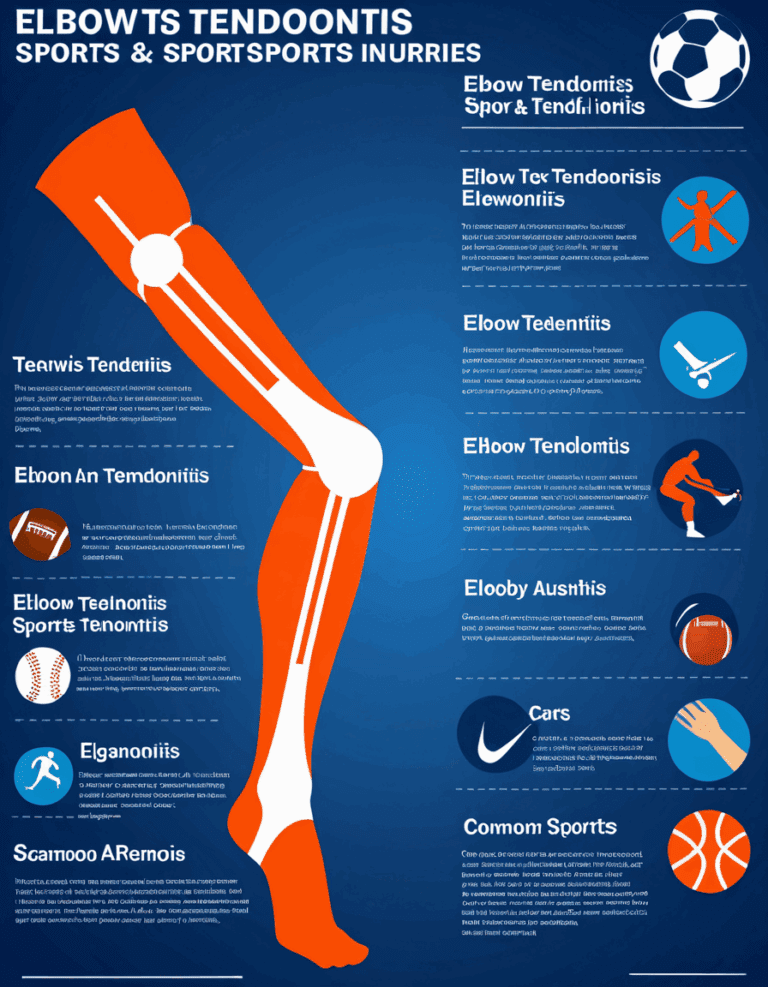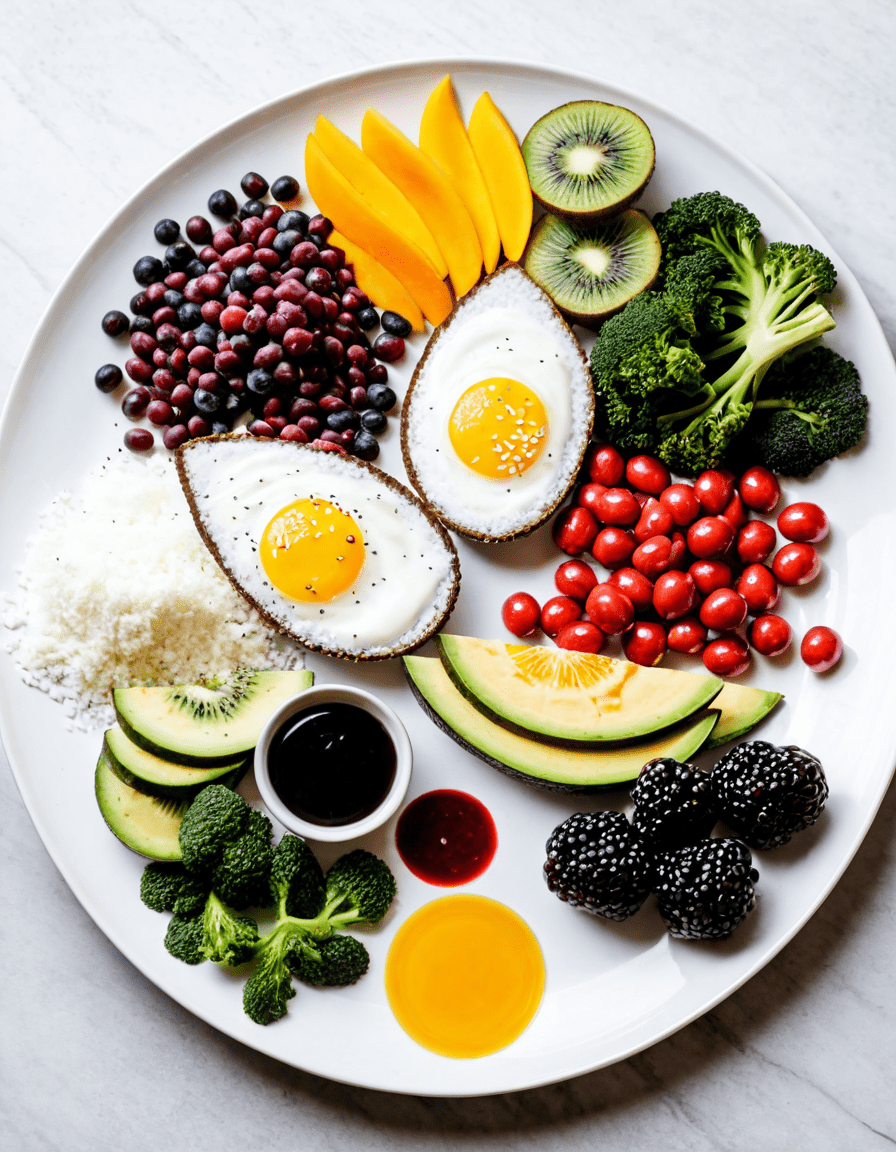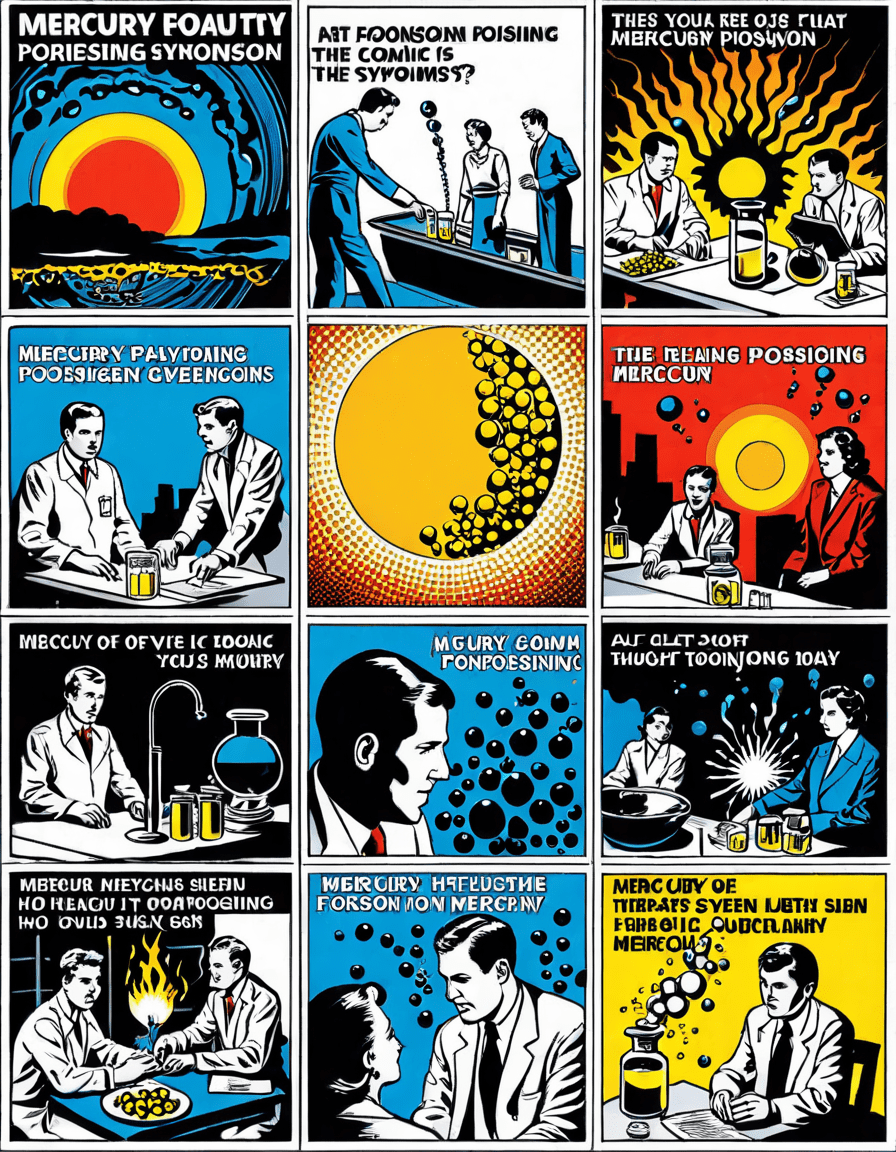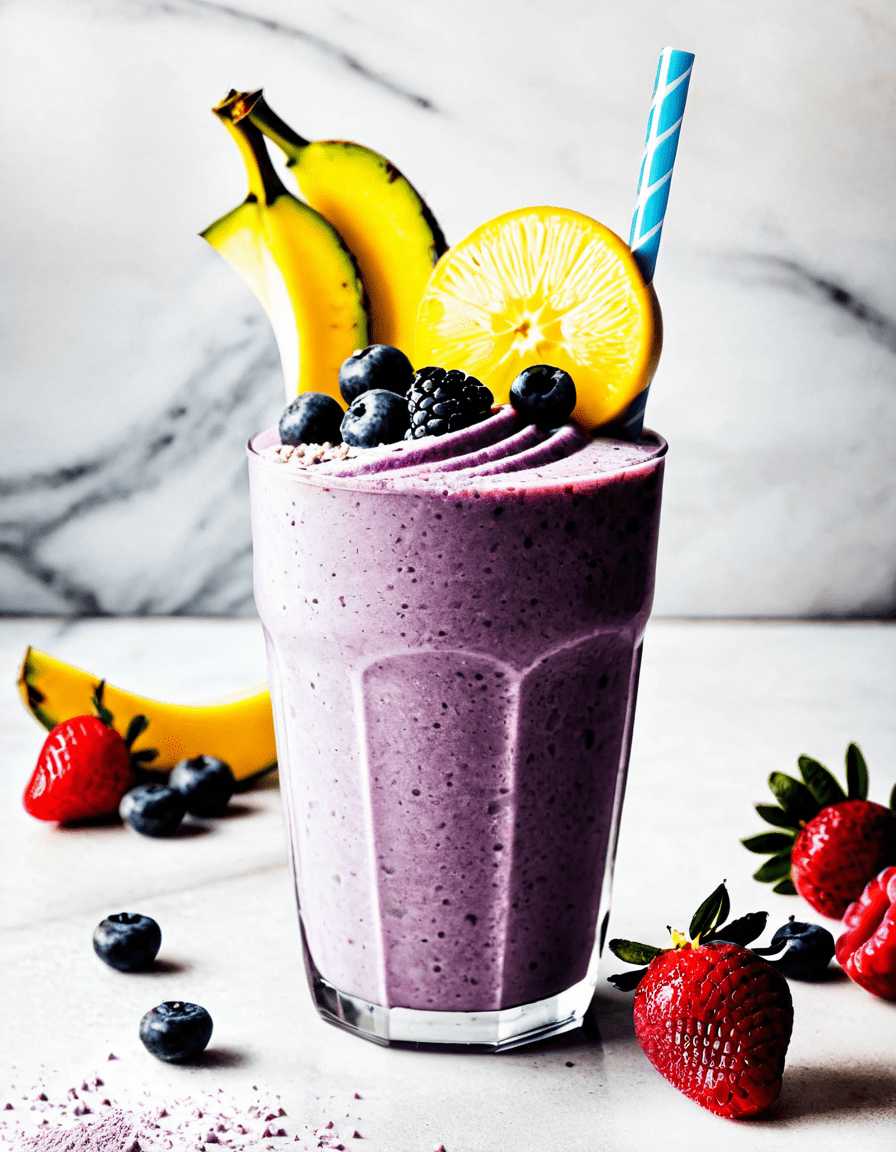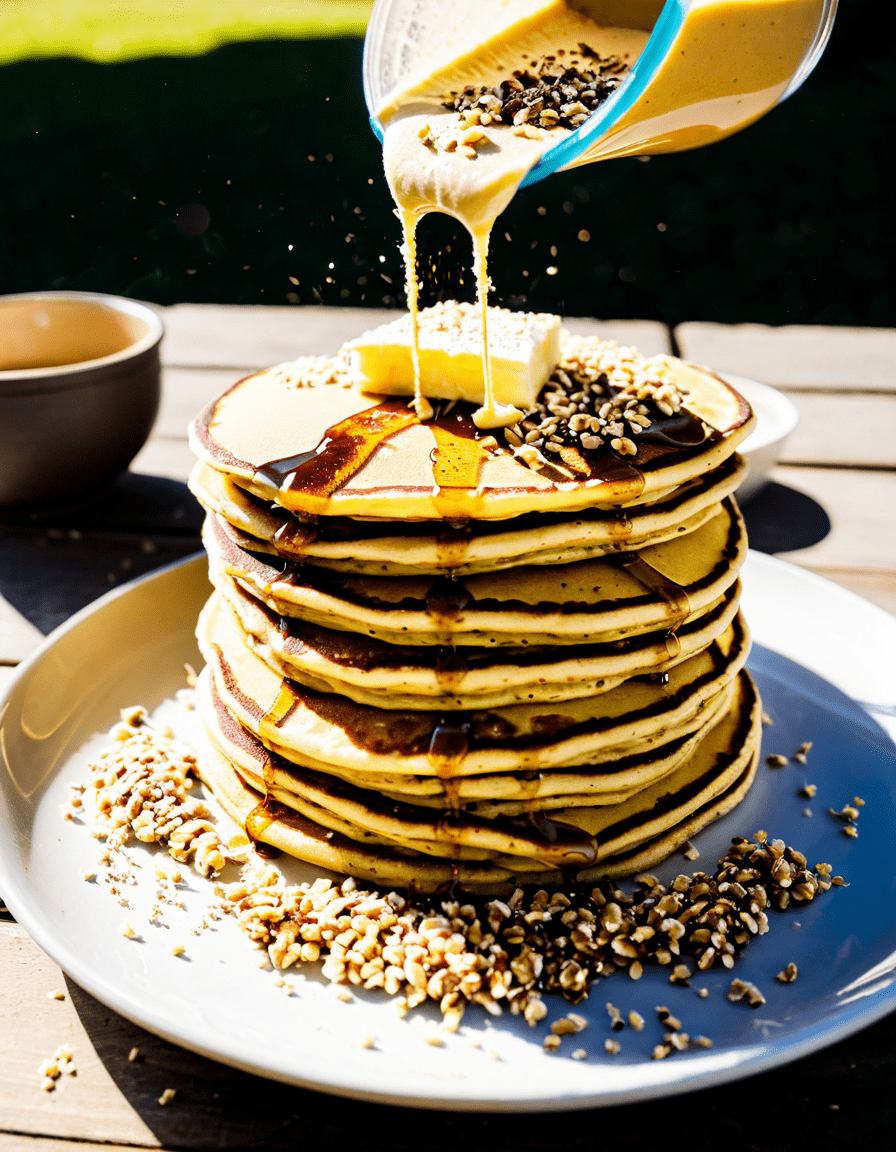Hey there, fitness warriors! Today, we’re diving deep into a topic that’s absolutely critical for your health and body transformation—blood sugar levels after eating. Maintaining healthy blood sugar isn’t just for folks looking to avoid diabetes; it’s also key to getting ripped, building muscle, and feeling energized throughout the day. When you know how the foods you eat impact those levels, you can get closer to your goals. So, let’s hit it!
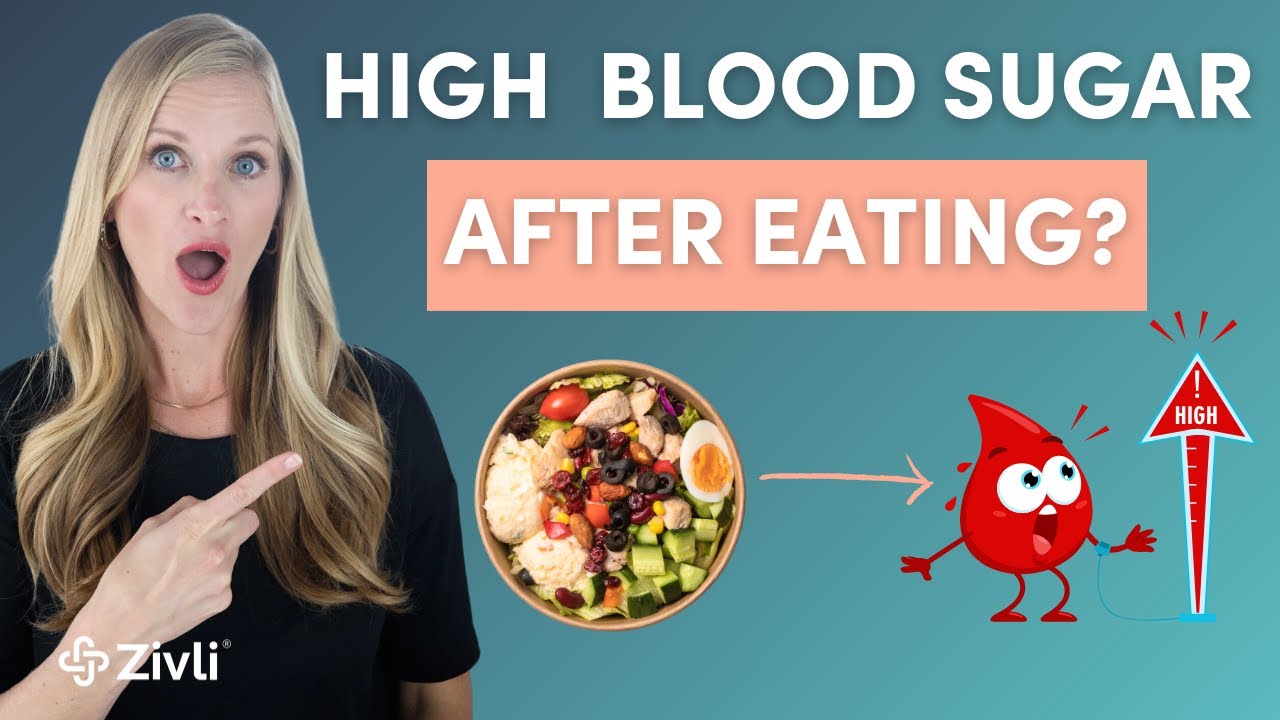
Understanding Blood Sugar Levels After Eating
Alright, let’s break it down. After you chow down, your body catches a little sugar wave as it digests food. This is where postprandial blood sugar comes into play. It’s a fancy way of saying—how much sugar is floating around in your blood after eating? Keeping an eye on those levels is crucial for overall health, especially to avoid chronic conditions like diabetes.
When we consume foods, our blood sugar can take a wild ride! It can soar or remain steady based on what hits your plate. This isn’t just about the sugar or frosting on that donut, my friends; it’s about the entire meal composition. Whether you mix proteins, fats, and carbs, or go solo with just one, it all plays a role. Pay attention to your body and how different foods impact your energy and cravings.
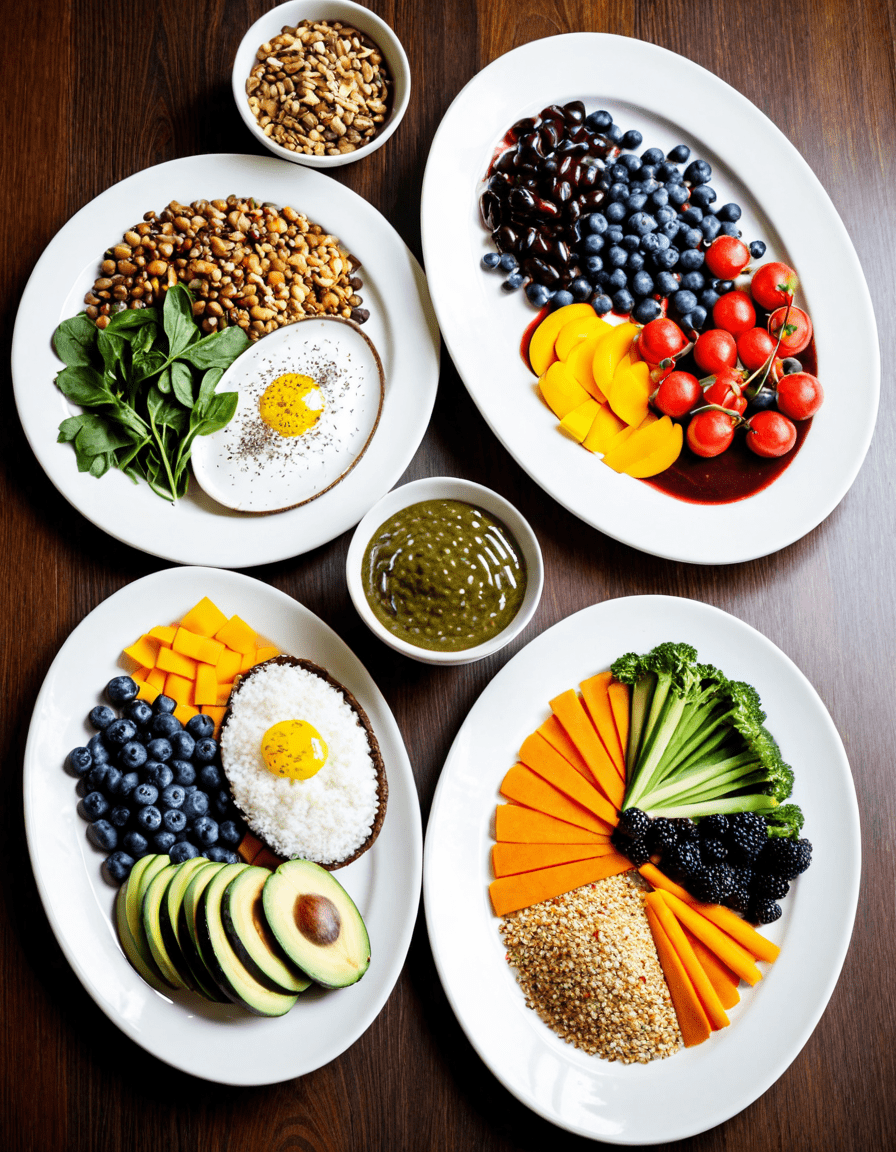
Top 7 Foods and Their Impact on Blood Sugar Levels After Eating
When it comes to staving off those crazy sugar spikes, knowing what you’re eating is half the battle. Here’s a handy list of the top seven foods and their glycemic index (GI). This provides an idea of how quickly they’ll raise your blood sugar:
When you make the right choices with low-GI foods, you’re already ahead of the game. Knowledge is power!
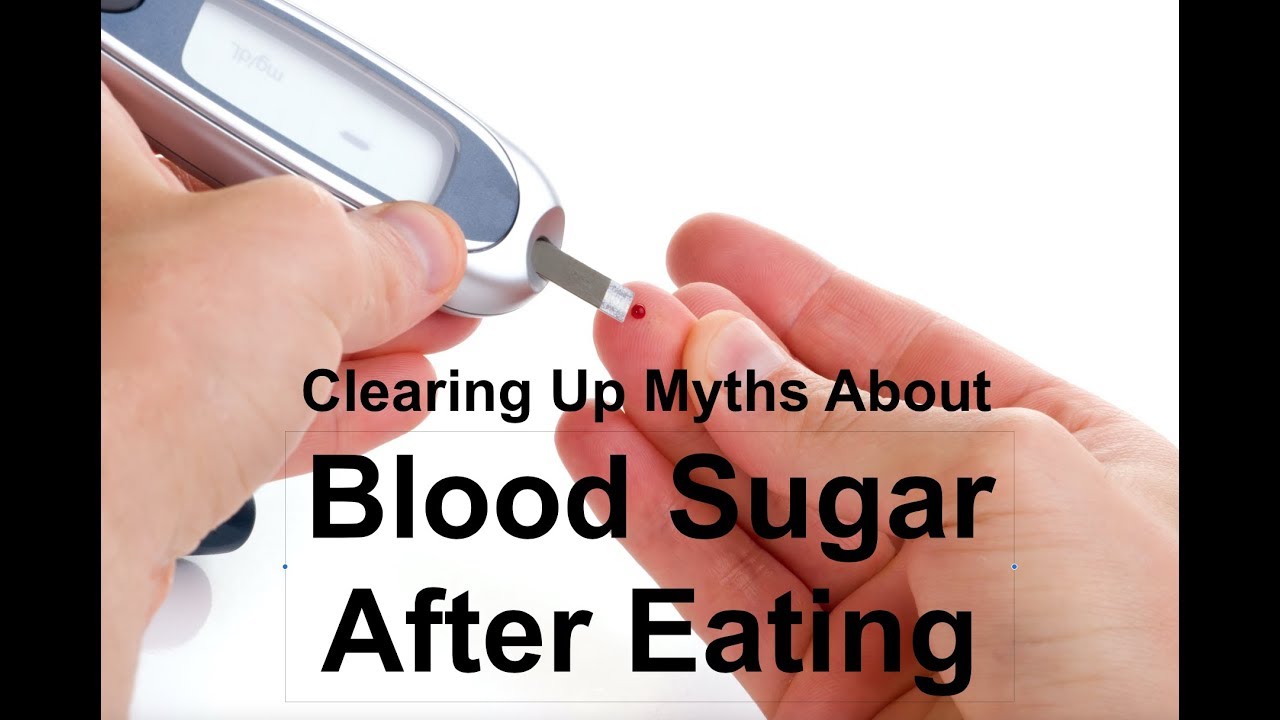
Blood Sugar Levels After Eating: What to Expect
Now, let’s get into what you can expect from your blood sugar levels after eating. There are a couple of factors at play here—meal composition, portion size, and your unique metabolism. Here’s the lowdown:
Interpreting Blood Sugar Level Charts
Understanding your blood sugar levels chart is a game-changer for tracking your progress. Generally, normal blood sugar levels sit between 70-140 mg/dL two hours post-eating. Use that data to see if the foods you enjoy are playing nice with your body.
Check yourself regularly. If you find levels pushing past 140 mg/dL, it’s time for a meal plan adjustment. Refine those choices, and you’ll be on your way to feeling like a champion.
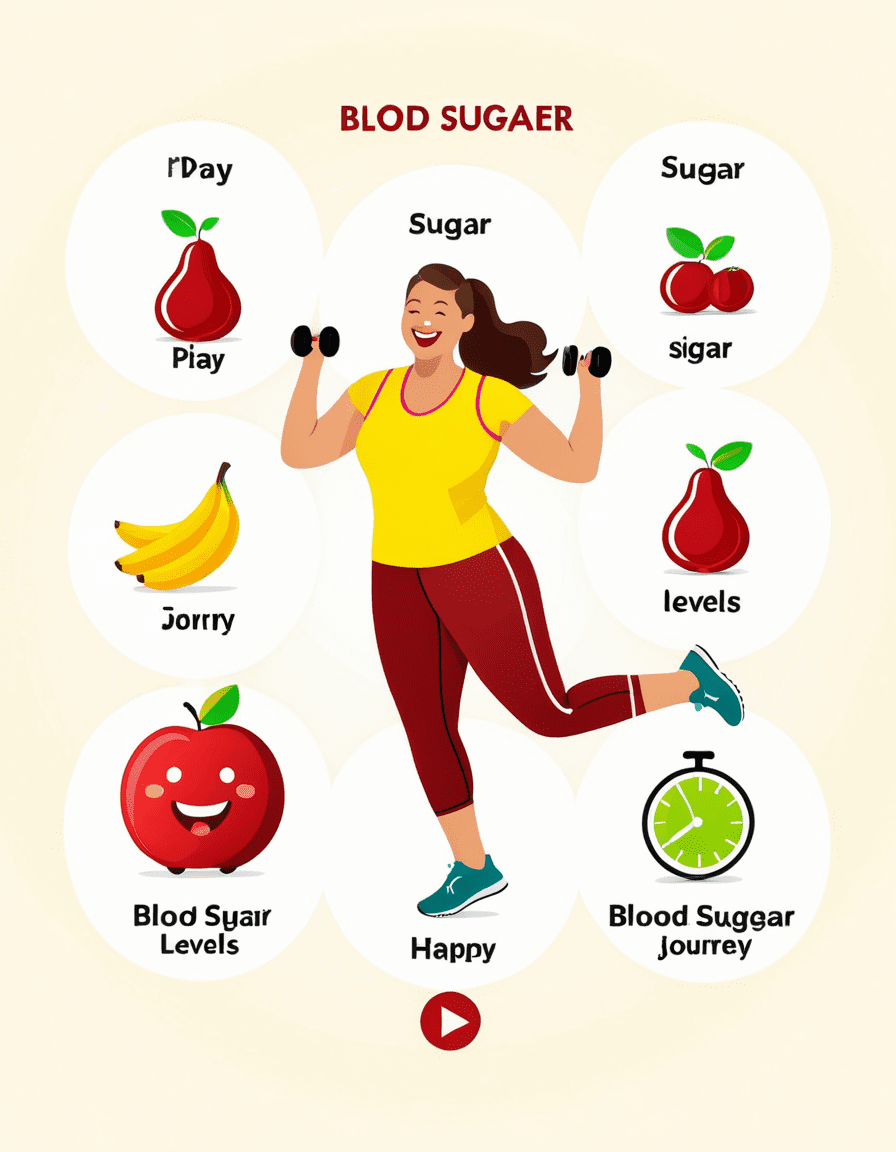
Connecting Blood Sugar Levels and Cholesterol
Hey, fitness fanatic, staying sharp about your cholesterol levels by age is just as vital. If you’re over 50, keeping both blood sugar and cholesterol in good shape means you’re on the right track to healthier living. High glucose can upset your lipid profiles and pump up the risk for heart issues.
You might see:
The connection between diet, physical activity, and blood sugar isn’t just a passing trend. Being savvy about it helps you maintain comprehensive health and intimate knowledge of your body helps you succeed.

Practical Strategies to Manage Blood Sugar Levels
Now that you’ve got the 411, here are some practical strategies to keep your blood sugar in check:
Informed Choices Lead to Healthier Outcomes
Understanding blood sugar levels after eating can completely change how you approach your meals and health goals. With that knowledge, consider how different foods impact both glucose and cholesterol levels. Collaborating with healthcare pros? A winning combo!
Armed with this information, you’re ready to take charge of your fitness and health. If you eat smart, your body will respond in kind. Now go out there and crush those goals, because looking ripped and feeling great is what it’s all about!
Remember, with the right mentality and strategies at your disposal, success isn’t just possible—it’s inevitable. Stay committed, stay educated, and let’s get to work! For more insights, feel free to check out This article on blood alcohol level chart and don’t forget about the nutritional benefits of foods like papaya Seeds or cauliflower nutrition. Stay healthy, my friends!
Blood Sugar Levels After Eating: Fun Trivia and Interesting Facts
The Sweet Science of Blood Sugar
Did you know that after you eat, your body goes through a fascinating process of regulating blood sugar levels? It’s like an internal balancing act! When you consume carbohydrates, your body breaks them down into glucose, which then enters the bloodstream, causing blood sugar levels to spike. This process brings to mind other wild phenomena, like the unexpected havoc from Santa Cruz flooding, where things quickly get out of control, showing just how dynamic reactions can be!
Timing is Everything
Here’s a fun fact: the timing of your meals can significantly impact your blood sugar levels after eating. Scientists suggest that eating at regular intervals can help maintain smoother fluctuations in blood sugar. Think of it this way: it’s like managing a business. Just like Grants For small Businesses can provide the boost needed for growth, regular meal times can help stabilize energy levels throughout the day. And speaking of creative management, did you know that some musicians, like David Gilmour, maintain strict routines for their performances? It seems that planning is key, whether in music or maintaining optimal blood sugar.
The Balancing Act of Nutrition
When it comes to blood sugar levels after eating, not all carbohydrates are created equal. Simple sugars lead to quick spikes, while complex carbs, found in whole grains & vegetables, provide a slower, more controlled rise in blood sugar. It’s all about that fantastic balance! This reminds us of other aspects of life; for example, cradle cap treatment requires a gentle approach to keep things in harmony for your little one’s scalp. So remember, focusing on the right types of carbs can be your best bet for steady energy, putting you in control and putting the brakes on those sugar highs and lows.
Blood sugar management may seem tricky, but understanding how it all plays out can help you make informative choices. So the next time you dig into your lunch or dinner, think of it as a concert of nutrients, tuned to keep your blood sugar from hitting those high notes!











